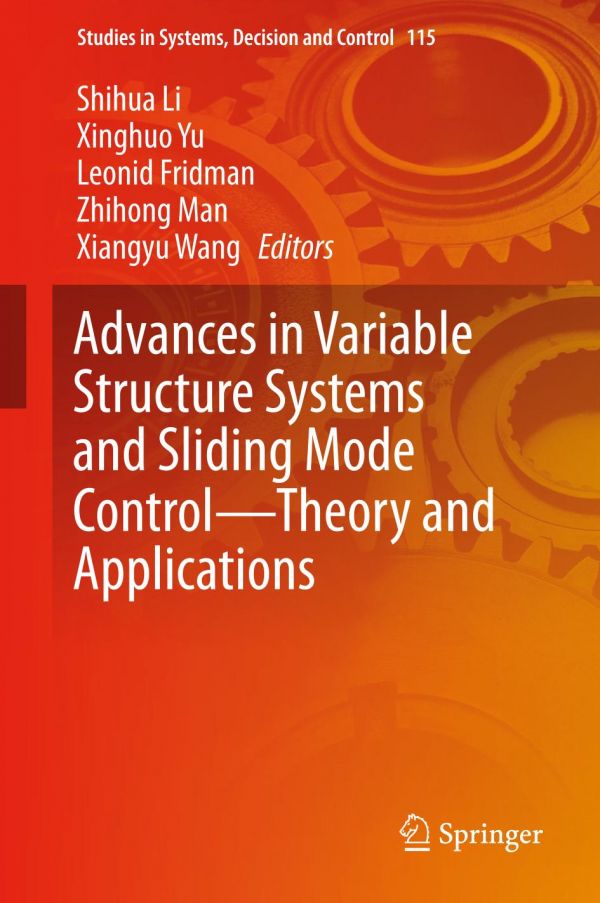

Most ebook files are in PDF format, so you can easily read them using various software such as Foxit Reader or directly on the Google Chrome browser.
Some ebook files are released by publishers in other formats such as .awz, .mobi, .epub, .fb2, etc. You may need to install specific software to read these formats on mobile/PC, such as Calibre.
Please read the tutorial at this link: https://ebookbell.com/faq
We offer FREE conversion to the popular formats you request; however, this may take some time. Therefore, right after payment, please email us, and we will try to provide the service as quickly as possible.
For some exceptional file formats or broken links (if any), please refrain from opening any disputes. Instead, email us first, and we will try to assist within a maximum of 6 hours.
EbookBell Team

4.4
62 reviewsThis book reflects the latest developments in variable structure systems (VSS) and sliding mode control (SMC), highlighting advances in various branches of the VSS/SMC field, e.g., from conventional SMC to high-order SMC, from the continuous-time domain to the discrete-time domain, from theories to applications, etc. The book consists of three parts and 16 chapters: in the first part, new VSS/SMC algorithms are proposed and their properties are analyzed, while the second focuses on the use of VSS/SMC techniques to solve a variety of control problems; the third part examines the applications of VSS/SMC to real-time systems. The book introduces postgraduates and researchers to the state-of-the-art in VSS/SMC field, including the theory, methodology, and applications. Relative academic disciplines include Automation, Mathematics, Electrical Engineering, Mechanical Engineering, Instrument Science and Engineering, Electronic Engineering, Computer Science and Technology, Transportation Engineering, Energy and Power Engineering, etc.